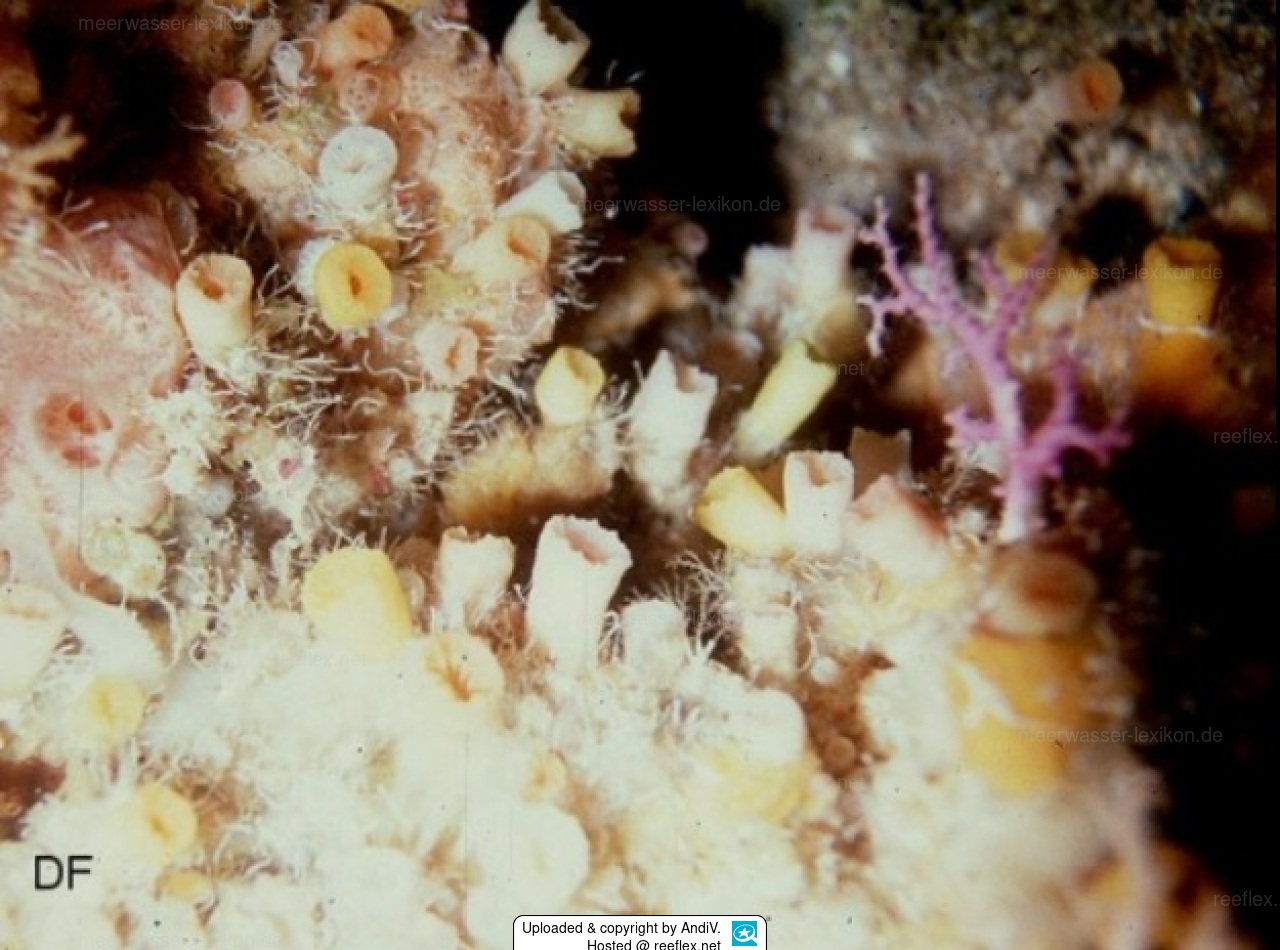Info
Hubbard & Wells, 1987
Very special thanks for the first photo of Leptopsammia trinitatis (LPS) to Douglas Fenner.
Clusters of small, delicate and elongated cups, with yellow or very pale yellow tissue. They are smaller and more delicate than Tubastraea, from which they are also distinguished by colour, the latter being red-orange.
These lack symbiotic zooxanthellae, and are found in caves, overhangs and other darkened localities.
Source: Coaralpedia
Classification: Biota > Animalia (Kingdom) > Cnidaria (Phylum) > Anthozoa (Class) > Hexacorallia (Subclass) > Scleractinia (Order) > Dendrophylliidae (Family) > Leptopsammia (Genus) > Leptopsammia trinitatis (Species)
Very special thanks for the first photo of Leptopsammia trinitatis (LPS) to Douglas Fenner.
Clusters of small, delicate and elongated cups, with yellow or very pale yellow tissue. They are smaller and more delicate than Tubastraea, from which they are also distinguished by colour, the latter being red-orange.
These lack symbiotic zooxanthellae, and are found in caves, overhangs and other darkened localities.
Source: Coaralpedia
Classification: Biota > Animalia (Kingdom) > Cnidaria (Phylum) > Anthozoa (Class) > Hexacorallia (Subclass) > Scleractinia (Order) > Dendrophylliidae (Family) > Leptopsammia (Genus) > Leptopsammia trinitatis (Species)







 AndiV
AndiV


